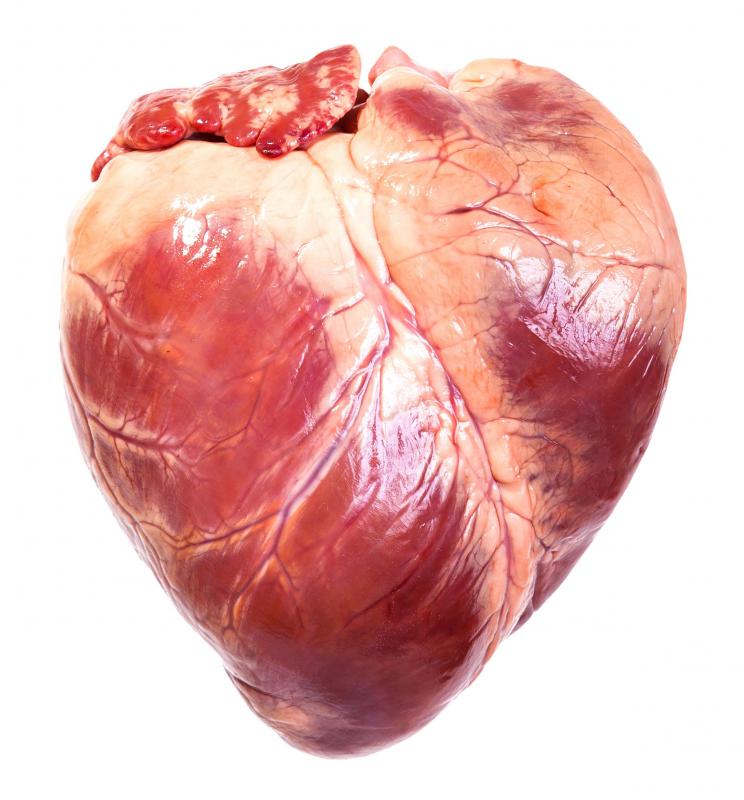At TheHealthBoard, we're committed to delivering accurate, trustworthy information. Our expert-authored content is rigorously fact-checked and sourced from credible authorities. Discover how we uphold the highest standards in providing you with reliable knowledge.
What Are the Different Uses for a Pigtail Catheter?
The unique shape of the pigtail catheter allows it to stay inside body tissue that other catheters would slide out of. This functionality means that pigtail catheters have many different uses. Primarily they are used to inject dyes for imaging studies or to drain fluids from abscesses. A pigtail catheter can also be used for draining gas or air from the pleural cavity, such as in the event of a pneumothorax.
Pigtail catheters have several holes on their coiled end, so they are ideal for injecting dyes into spaces for medical imaging. In this process, a pigtail catheter is threaded into place, and the dye is injected into the area of interest. This type of catheter is often used in angiocardiography to look at the chambers of the heart to determine the presence of defects. The volume of blood pumped through the chambers of the heart can also be looked at in this way, in a process known as cardiac ventriculography. In both of these processes, the pigtail catheter is threaded into a blood vessel close to the heart, and is a safe way of introducing iodine-based or radioactive dyes into the body.

This is also an essential tool to assist in fluid drainage. In the event of a kidney stone or blockage from infection, the catheter is threaded into the ureter in order to drain urine, in a process known as nephrostomy. For infections in the liver, such as hepatic abscesses, this type of catheter may be inserted into a bile duct to drain pus and other fluids. The fluid drained through the holes in the catheter are collected in a bag and disposed of safely. While this catheter cannot drain fluid from solid organs, it can be safely used in many areas near the heart and in the chest.

Research has found that a pigtail catheter may also be used to drain air and gas from the pleural cavity, a fluid-filled space surrounding the lungs. When a patient has a medical condition such as a pneumothorax or pleural effusion, gases collect in this cavity and can be fatal if left untreated. In this instance, a catheter may be inserted through the skin in the chest area, and left in place for several days. The catheter effectively drains the gas, and is a less invasive means of doing so than the traditional tube thoracostomy procedure.
AS FEATURED ON:
AS FEATURED ON:

















Discuss this Article
Post your comments